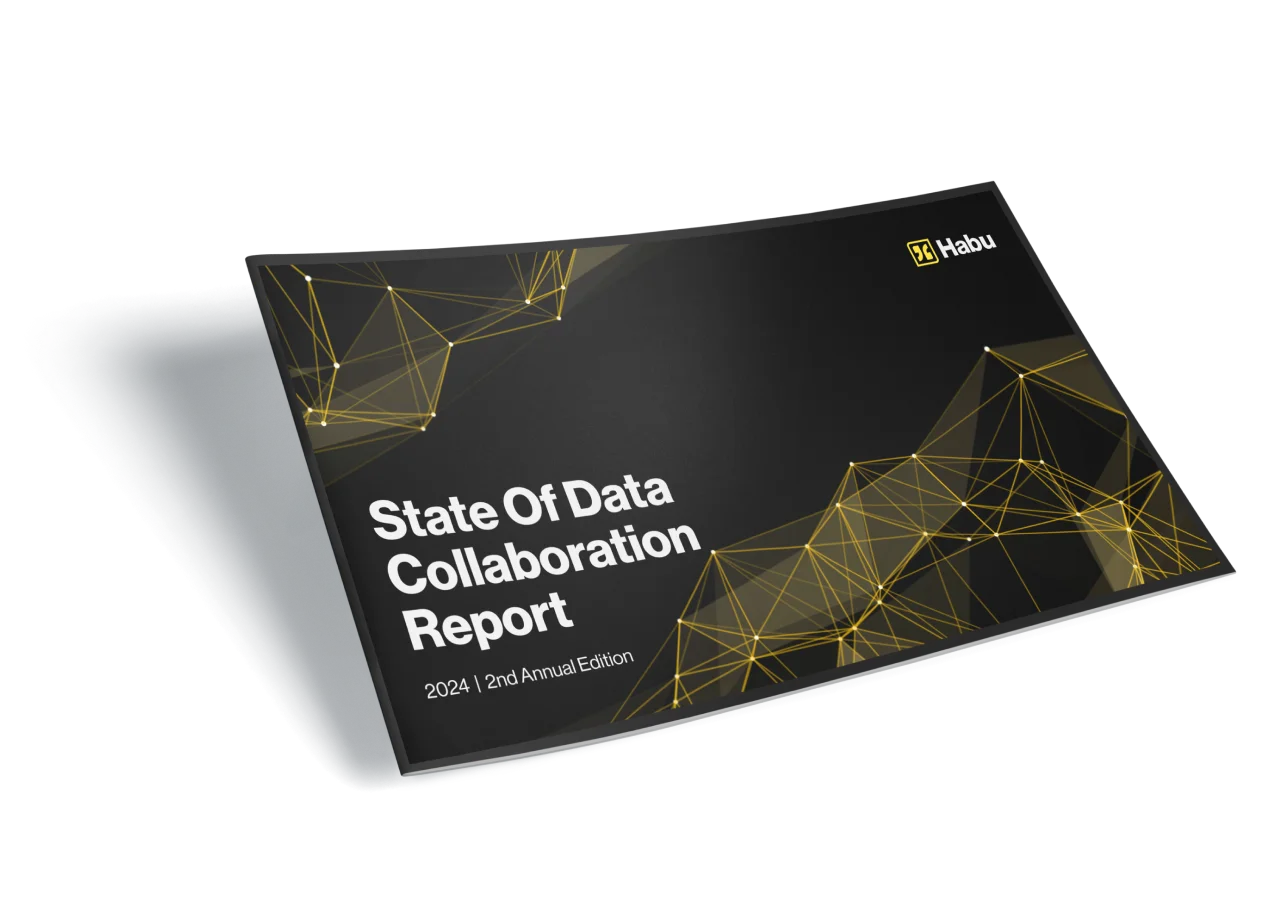In the world of digital advertising, agencies are constantly striving to optimize their campaigns and deliver more effective results for their clients. This requires the ability to manage and analyze large volumes of data from multiple sources, such as media partners, third-party data providers, and clients’ first-party consumer data. Enter data clean rooms – secure environments that allow multiple parties to share and analyze data while maintaining privacy and compliance with relevant regulations.
But with so many options on the market, how do agencies choose the right data clean room software for their needs? Here are five key factors to consider:
1. Privacy-Preserving Controls:
Privacy is a critical consideration when it comes to data collaboration. Most data clean rooms provide robust privacy-preserving controls that restrict access to authorized parties, enforce user authentication and data encryption, and provide granular access controls for different data sets.
For agencies, the above features should be considered table stakes. Clean room software should also enable additional privacy enhancing technologies (PETs) that help prevent re-identification of anonymized data. Examples of these PETs include: The ability to enforce cohort size (k-min) of aggregate-level reporting outputs, the injection of noise into those outputs, and controls that allow collaborators to mutually agree upon the data inputs and queries that deliver clean room outputs.
2. Data Quality and Governance:
Data quality and governance are essential for ensuring that data is accurate, up-to-date, and compliant with relevant regulations. A good data clean room should provide tools for data validation, error detection, and auditing to track changes and ensure that the data is trustworthy.
In addition, by leveraging clean room software that reads data from source and reduces the need to copy data to multiple locations, participants in a clean room can minimize data movement and ensure data recency. These features are critical to satisfying the data quality and governance requirements of agencies, clients and their partners collaborating in a clean room.
3. Scalability:
The volume of data that agencies need to manage is growing rapidly. A data clean room should be able to handle large volumes of data and support multiple use cases, such as audience segmentation, targeting, and optimization. It should also be flexible enough to support different data types and formats.
Since agencies, their clients, and their partners may not share a common cloud infrastructure, much less a common data schema, effective clean room software should solve for the interoperability challenges that arise between data collaborators. It should also enable agencies to scale their operations across multiple clients while maintaining proper access controls for each clean room.
4. Integration and Actionability:
Agencies are often tasked with bringing together data from the multitude of tools and platforms that they use to inform campaign decisions: Cloud infrastructure, data management platforms, ad servers, and analytics tools, just to name a few.
Data clean room software makes it easier to bring together data from these disparate sources in a secure way via a low-to-no code UI. A data owner can easily build clean rooms on their infrastructure of choice, and collaborative partners can easily integrate with that data owner’s clean room without requiring a heavy lift from their IT department.
Easy integration with partners makes it simple to get value out of clean rooms through advanced reporting and analytics, but don’t forget about audience activation. The ability to create and onboard audiences is critical to any agency buying media on behalf of its clients, so a robust network of media partner integrations is a key value driver for agencies using clean rooms in this way.
5. Support and Expertise:
Media agencies and data consultancies play a major role in helping clients advance their advertising strategy. Clean room software should enable these trusted partners to develop a new generation of services around the use cases that clean rooms enable.
A data clean room partner should offer responsive support and have expertise in data privacy, security, and compliance. This includes providing guidance on how to use data clean rooms effectively and ensuring that agencies are compliant with relevant privacy regulations.
Next Steps:
By considering these five factors, agencies can select a data clean room that meets their specific needs and enables them to manage data effectively, ensure compliance with privacy regulations, and improve campaign performance. The Habu data clean room, for example, offers all of these features and more, making it a powerful tool for agencies looking to optimize their campaigns and deliver better results for their clients.
Interested in exploring Habu further? Contact us and discover more at habu.com


